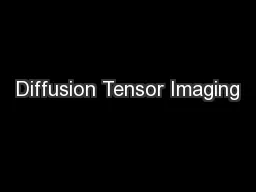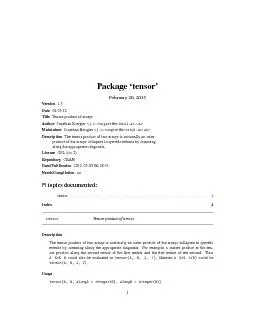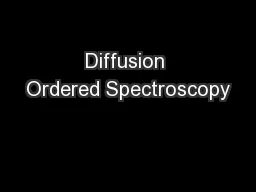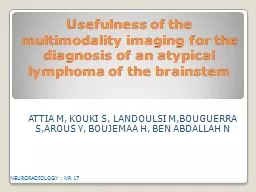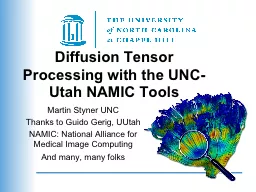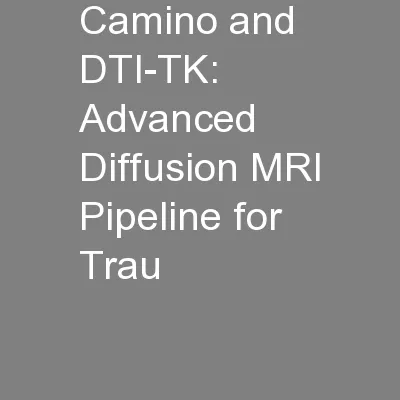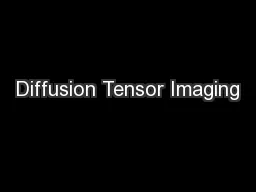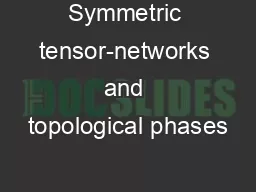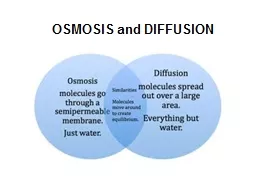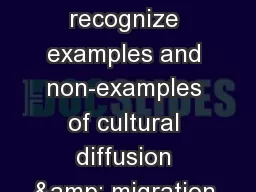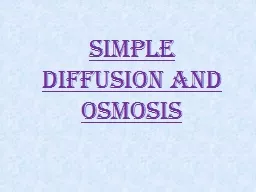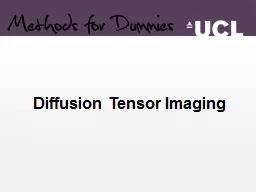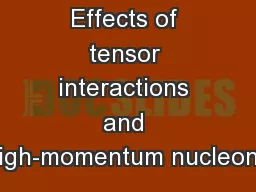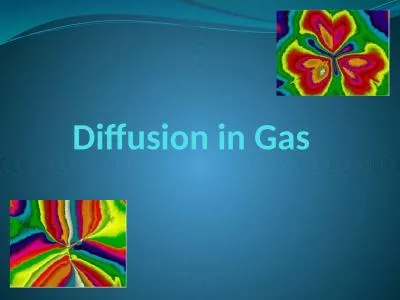PPT-Diffusion Tensor Imaging
Author : stefany-barnette | Published Date : 2016-09-08
Overview Theory Basic physics Tensor Diffusion imaging Practice How do you do DTI Tractography DTI in FSL and other programs Diffusion Tensor Imaging Brownian
Presentation Embed Code
Download Presentation
Download Presentation The PPT/PDF document "Diffusion Tensor Imaging" is the property of its rightful owner. Permission is granted to download and print the materials on this website for personal, non-commercial use only, and to display it on your personal computer provided you do not modify the materials and that you retain all copyright notices contained in the materials. By downloading content from our website, you accept the terms of this agreement.
Diffusion Tensor Imaging: Transcript
Download Rules Of Document
"Diffusion Tensor Imaging"The content belongs to its owner. You may download and print it for personal use, without modification, and keep all copyright notices. By downloading, you agree to these terms.
Related Documents

